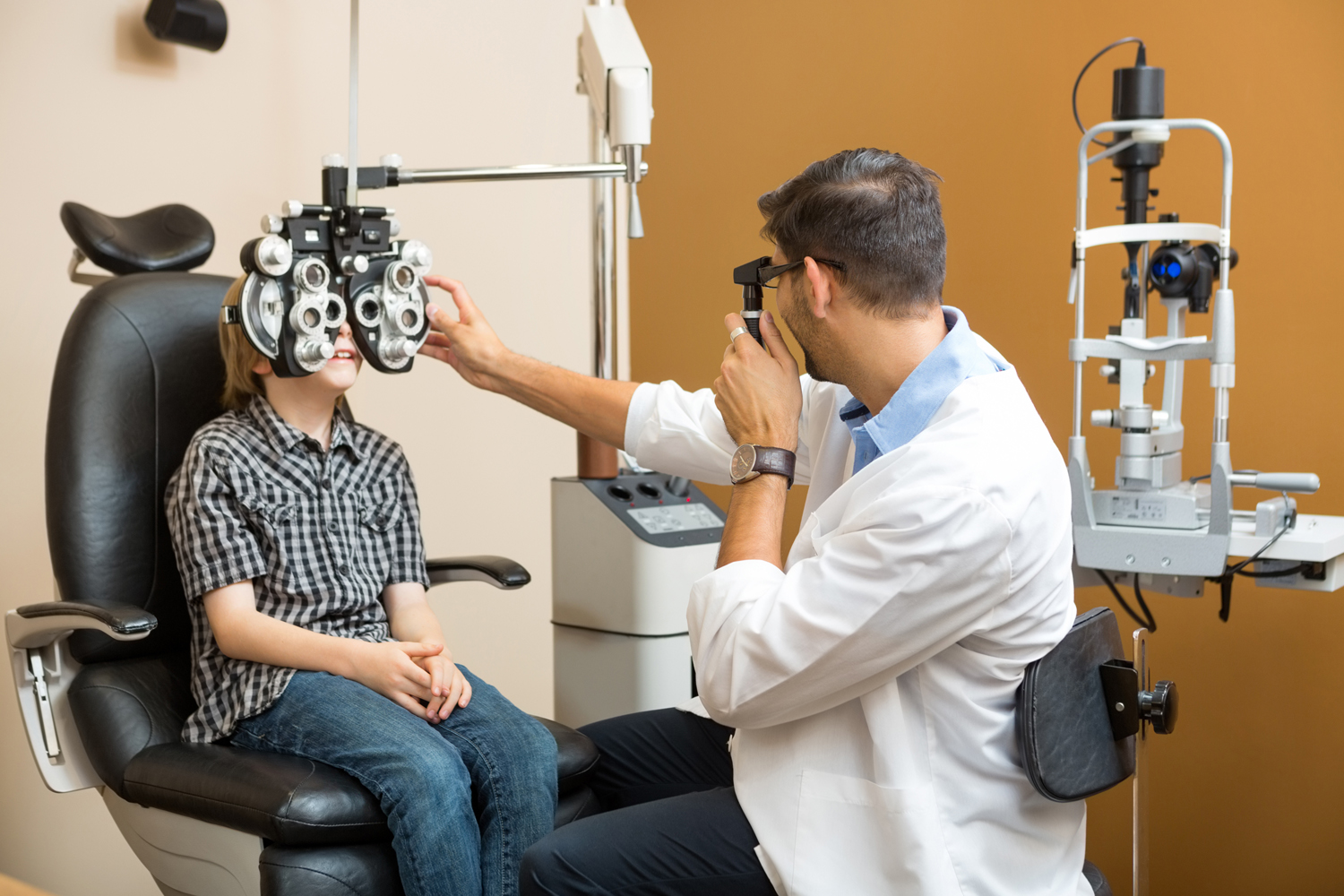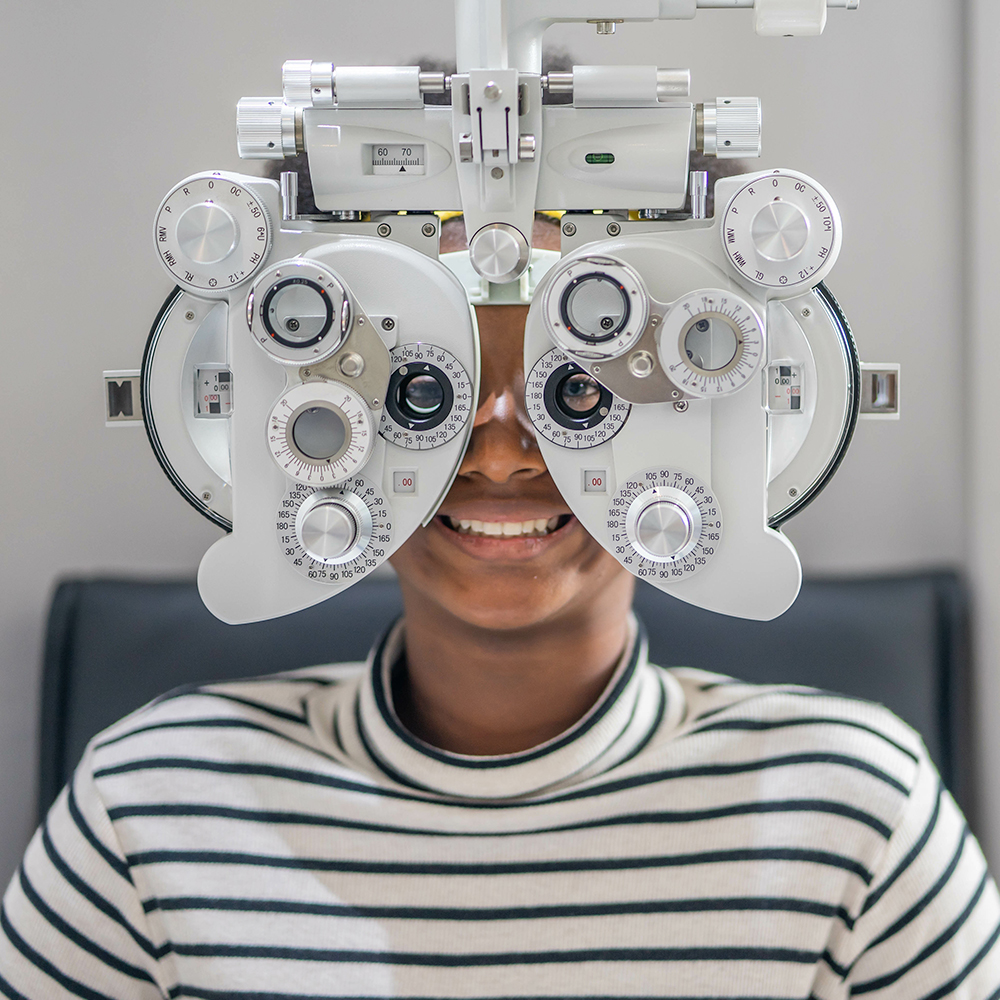Checking Out the most up to date Technological Developments in Optometry and What They Mean for Optometrists
From the precision of Optical Coherence Tomography to the nuanced insights provided by AI-driven analysis devices, these advancements are setting new criteria in individual analysis and treatment. As these innovations permeate the practice, optometrists are faced with the difficulty of welcoming these devices to enhance individual results.
Technologies in Diagnostic Tools
Advancing the field of optometry, advancements in analysis devices have transformed the means eye treatment professionals examine and diagnose eye conditions and aesthetic impairments. The previous decade has experienced substantial technological developments, allowing more extensive and precise analyses. Optical Comprehensibility Tomography (OCT), for instance, provides high-resolution cross-sectional pictures of the retina, enabling the early discovery of conditions such as glaucoma and age-related macular degeneration. This non-invasive imaging method has ended up being essential in contemporary optometric technique.
An additional secret technology is the intro of advanced corneal topography systems, which map the surface area curvature of the cornea with accuracy. These tools are specifically useful for suitable get in touch with lenses and detecting corneal disorders. Digital retinal imaging has actually transformed conventional ophthalmoscopy, supplying in-depth, breathtaking views of the retina that help with thorough aesthetic evaluations.
The advancement of wavefront aberrometry has likewise been critical, allowing the evaluation of refractive errors with unrivaled accuracy (Eye Doctor Optometrist). This technology helps in personalizing restorative lenses and boosting medical end results for refractive surgeries. Collectively, these diagnostic developments encourage optometrists to provide remarkable person treatment, making certain very early treatment and tailored therapy approaches, inevitably improving aesthetic wellness end results
AI in Person Monitoring
Structure on the foundation of cutting-edge analysis tools, the consolidation of artificial knowledge (AI) in individual management stands for a transformative jump for optometry. AI systems are significantly utilized to improve effectiveness, accuracy, and personalization in client care.
Additionally, AI-driven systems assist in streamlined individual communications and administrative processes. Automated scheduling, digital appointments, and customized follow-up plans not only enhance individual contentment but additionally enhance time management for experts. These systems can triage people based upon the urgency of their problems, making sure that those in critical demand receive timely interest.
Furthermore, AI enhances decision-making by offering eye doctors with evidence-based referrals and treatment paths. By integrating data from electronic health and wellness documents, AI tools provide understandings that inform professional choices, decreasing the danger of errors and enhancing individual end results. As AI continues to advance, its function in individual administration will likely expand, reshaping the landscape of optometric care.
Advancements in Retinal Imaging
In the realm of optometry, retinal imaging has actually observed remarkable technological improvements that are enhancing diagnostic capacities and individual care. Technologies such as Optical Comprehensibility Tomography (OCT) and fundus digital photography have actually reinvented exactly how eye doctors analyze the retina and visualize.
Boosted imaging techniques like OCT angiography are additional refining analysis precision. Optometrist Chino. Such improvements assist in the identification of minute retinal adjustments that could symbolize condition progression.
Additionally, innovations in synthetic intelligence are boosting retinal imaging by allowing computerized analysis of huge datasets. These systems aid eye doctors in determining patterns a measure of pathology, thereby improving analysis precision and effectiveness. Collectively, these innovations are transforming retinal imaging into a keystone of modern-day eye care, enhancing outcomes and increasing healing opportunities.
Teleoptometry's Growing Role
Teleoptometry is progressively over here coming to be an important component of eye care, driven by innovations in data and diagnostic devices. As optometry embraces electronic improvement, teleoptometry facilitates remote examinations, allowing optometrists to expand their services past traditional limits. This is specifically advantageous in country and underserved areas where accessibility to specialized eye care is typically limited. By leveraging high-resolution video clip conferencing and advanced retinal imaging, optometrists can conduct thorough eye examinations from afar, making certain prompt diagnosis and therapy.
The assimilation of expert system (AI) more enhances teleoptometry, allowing the evaluation of visual information and aiding in the discovery of ocular problems such as glaucoma and diabetic retinopathy. AI-powered formulas can swiftly interpret intricate imaging data, providing optometrists with important understandings that strengthen scientific decision-making.
Additionally, teleoptometry supports connection of treatment with smooth integration with digital health and wellness records (EHRs), enabling optometrists to preserve comprehensive person histories. When consulting with different specialists., this ensures that people obtain customized and consistent treatment even.
Regardless of these advantages, challenges remain, consisting of making certain information safety and handling individual expectations. However, teleoptometry represents a considerable stride towards even more accessible, effective, and patient-centered eye care. As technology progresses, its role is positioned to increase better.

Future Fads in Eye Care
A myriad of cutting-edge fads is established to reshape the future of eye treatment, driven by technical advancements and the progressing requirements of patients. One substantial trend is the integration of expert system (AI) in diagnostics, which guarantees to improve the precision and performance of eye evaluations. AI formulas can assess vast quantities of information from retinal pictures, potentially discovering conditions like diabetic person retinopathy and glaucoma earlier than traditional methods.
In addition, individualized medicine is obtaining traction in optometry, with hereditary screening informing customized treatment strategies. This method aims to maximize person outcomes by customizing interventions to private hereditary profiles. read more Wearable technology, such as clever contact lenses, is likewise imminent, using real-time surveillance of intraocular pressure or sugar levels, therefore providing continuous insights into ocular and Recommended Reading systemic wellness.
The adoption of augmented reality (AR) and virtual truth (VR) in training and person education is one more emerging pattern. These technologies use immersive experiences that can boost understanding and abilities both for people and eye doctors. As these trends progress, optometrists must remain abreast of technical improvements to supply advanced care, making certain enhanced person outcomes and fulfillment in the vibrant landscape of eye care.
Verdict

Collectively, these diagnostic advancements equip optometrists to supply premium patient treatment, ensuring very early intervention and tailored therapy approaches, ultimately enhancing visual health and wellness end results.

As these modern technologies continue to develop, eye doctors should adapt and include them into practice, eventually optimizing workflow efficiency and boosting the standard of eye treatment delivered to people.